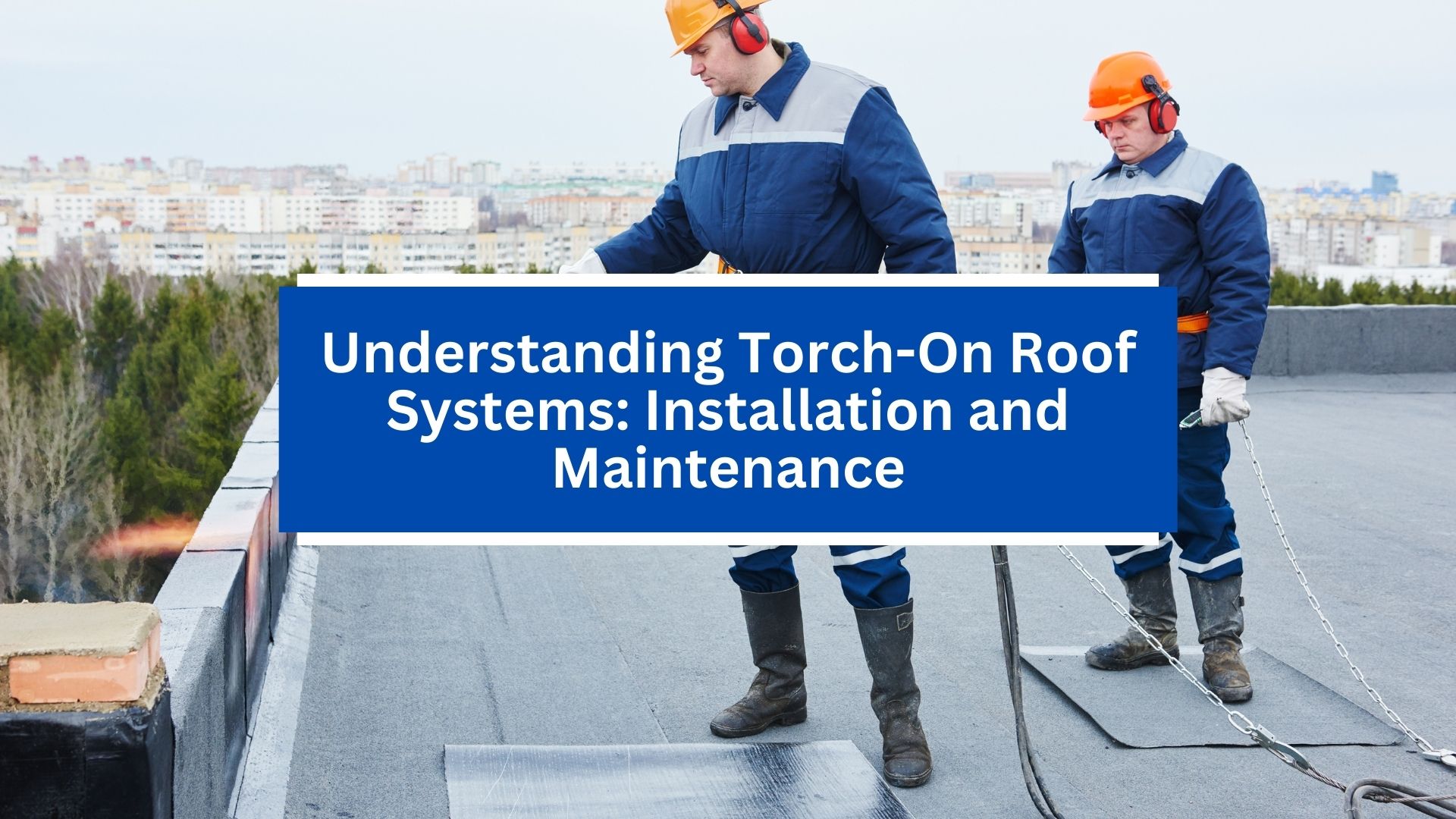Torch-on roofing, also known as torch-down roofing, is a popular choice for waterproofing flat or low-slope roofs. This durable and long-lasting roofing system consists of modified bitumen membranes that are heat-applied to create a watertight seal. In this blog post, we’ll explore the installation process and maintenance requirements of torch-on roof systems to help you better understand this roofing solution.
Installation Process:
The installation of a torch-on roof system typically involves the following steps:
- Surface Preparation: The roof surface is cleaned and inspected to ensure it is free of debris, moisture, and any existing roofing materials that may compromise adhesion.
- Priming: A primer is applied to the roof surface to enhance adhesion and create a strong bond between the membrane and the substrate.
- Membrane Application: Modified bitumen membranes are rolled out onto the roof surface and heat-applied using a torch to activate the adhesive backing. The membranes are overlapped to create a continuous, seamless barrier that prevents water infiltration.
- Flashing Installation: Flashing materials are installed around roof penetrations, such as vents, chimneys, and skylights, to provide additional waterproofing protection at vulnerable areas.
- Final Inspection: Once the installation is complete, the roof is inspected to ensure that all seams are properly sealed, and the membrane is securely adhered to the substrate.
Maintenance Requirements:
While torch-on roof systems are known for their durability and weather resistance, regular maintenance is essential to prolong their lifespan and prevent issues such as leaks and membrane damage. Here are some maintenance tips for torch-on roofs:
- Inspect Regularly: Conduct visual inspections of your torch-on roof at least twice a year, preferably in the spring and fall, to check for signs of damage, wear, or deterioration.
- Clear Debris: Remove any debris, such as leaves, branches, and dirt, from the roof surface and gutters to prevent water pooling and potential membrane damage.
- Address Leaks Promptly: If you notice signs of a leak, such as water stains on your ceiling or walls, act quickly to identify and repair the source of the leak to prevent further damage to the roof membrane and underlying structure.
- Schedule Professional Inspections: Periodic inspections by a qualified roofing contractor, such as M.D. Roofing Ltd., can help identify potential issues early on and ensure that your torch-on roof remains in optimal condition.
By understanding the installation process and maintenance requirements of torch-on roof systems, you can make informed decisions about whether this roofing solution is right for your home. If you’re considering torch-on roofing or need assistance with maintenance and repairs, contact M.D. Roofing Ltd. Our experienced team can provide expert guidance and ensure that your torch-on roof remains watertight and secure for years to come.


